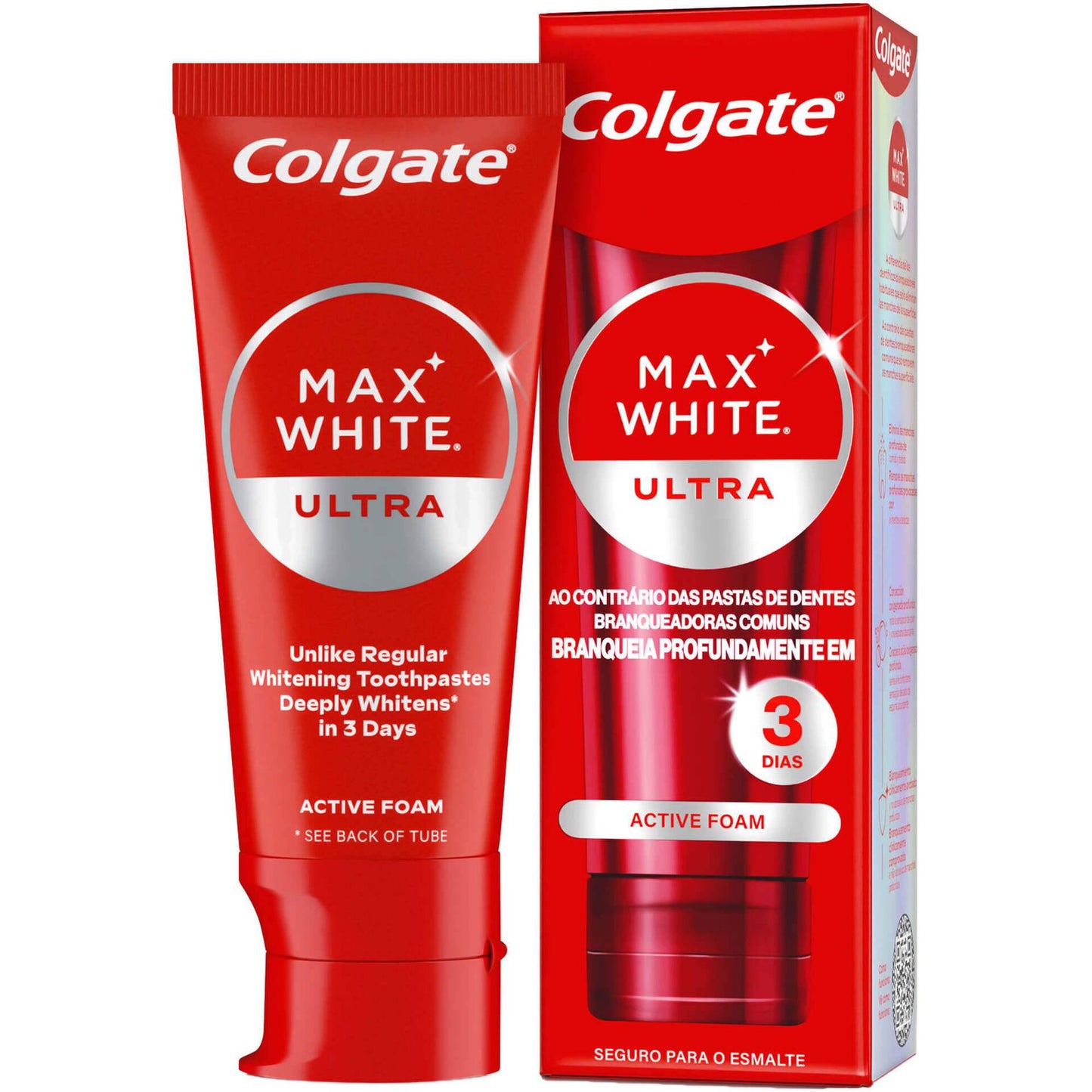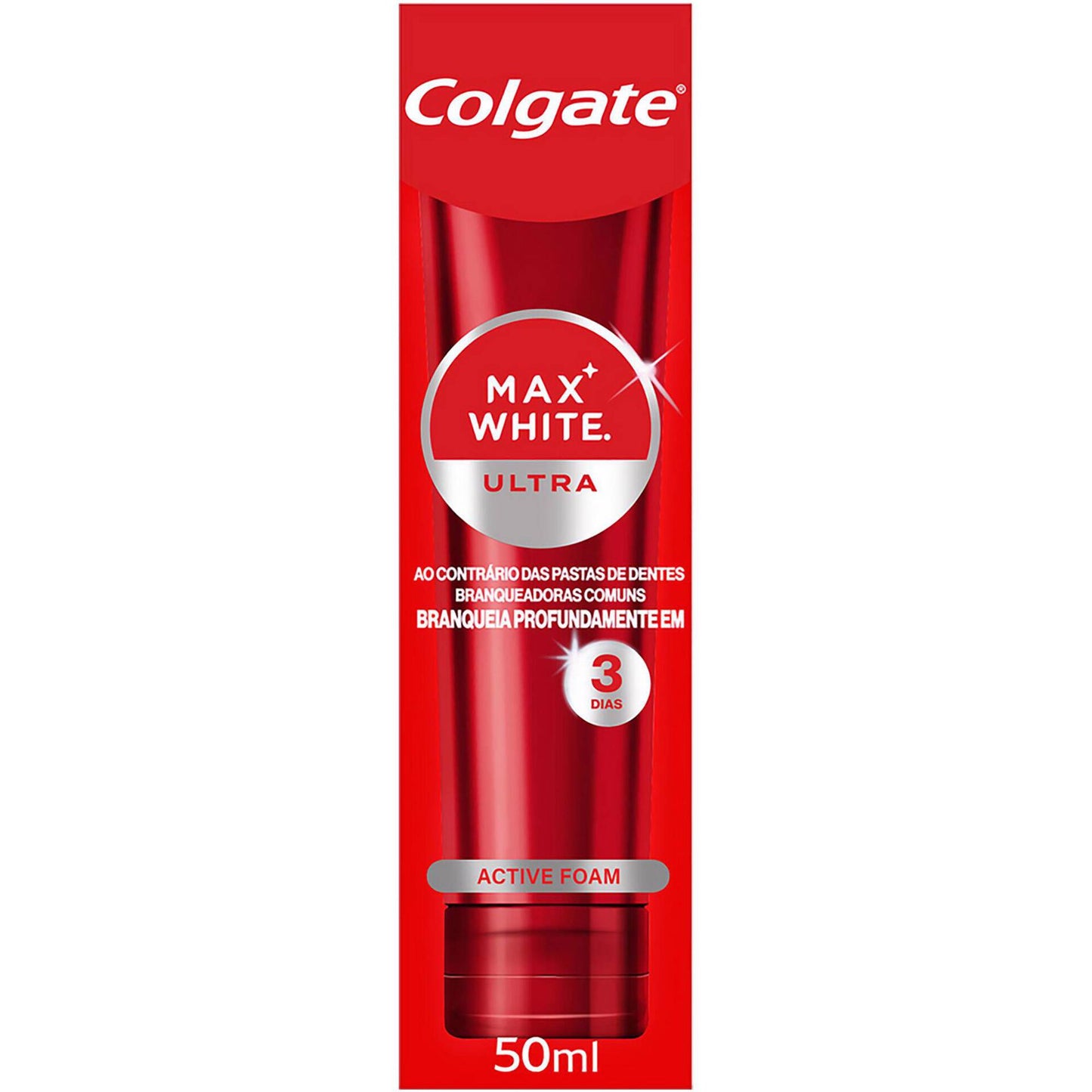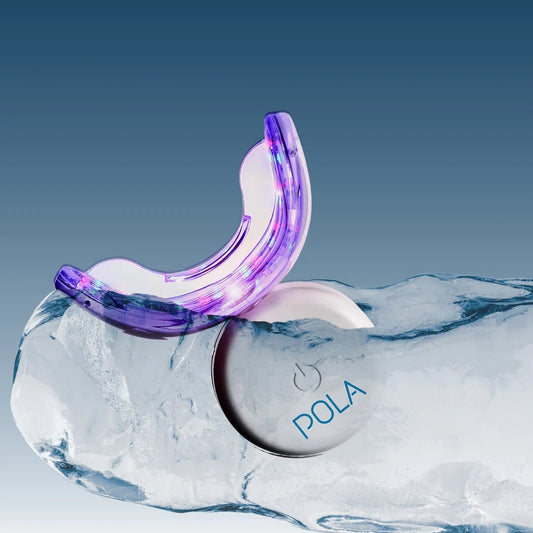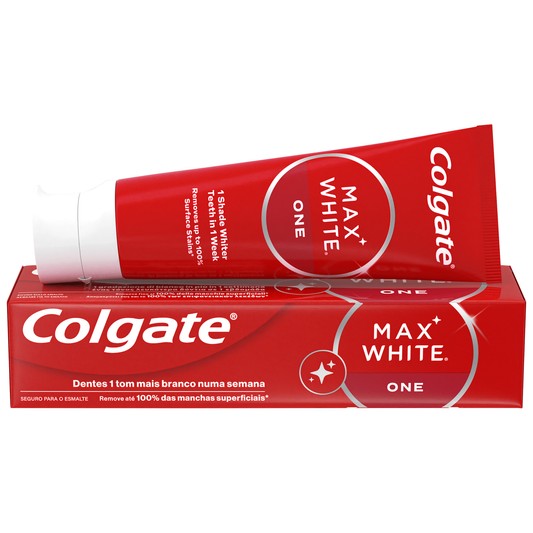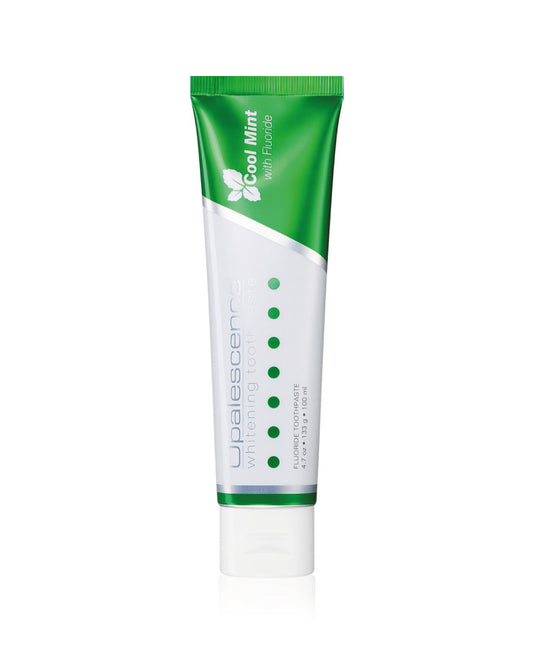Whitening toothpastes: the 3 main questions

When it comes to taking care of your smile, teeth whitening is at the top of many people's priorities. Whitening toothpastes, especially whitening toothpastes, have become popular, are easily accessible and promise to restore the shine that many people desire to your mouth. But before you fall for the trend of whitening toothpastes, it is a good idea to consult a dentist and look beyond what you read on the packaging.
Then the real challenge arises: choosing wisely, knowing what the true advantages are, the real limits and the essential care required when using this type of product.
What exactly are whitening toothpastes?
At first glance, they look the same as regular toothpastes, usually with more appealing packaging and often promising quick and visible results. The main difference lies in their composition. These toothpastes combine more powerful cleaning agents, such as activated carbon , abrasive particles of controlled size and, often, the addition of whitening substances to act in several ways:
- Physical polishing of the enamel, allowing the removal of extrinsic stains (caused by food, coffee, tea or tobacco)
- Potential mild chemical agents, such as hydrogen peroxide in very low concentrations, to act on surface stains
- Ingredients that enhance cleaning and shine, leaving the surface feeling smoother and cleaner
[There are also options, such as Opalescence Whitening ]( https://heywhitening.com/collections/opalescence ) with Sensitivity Relief & Cool Mint, which adopt formulas capable of minimizing tooth sensitivity often associated with whitening.
Real efficiency: how far can they go?
There is understandable excitement surrounding teeth whitening products, but it is important to distinguish between expectations and reality. These toothpastes are particularly effective for superficial stains. Unlike professional in-office treatments, they do not penetrate the enamel or alter the structural color of the teeth.
In what situations is the difference noticeable?
| Stain type | Whitening Paste | Professional Whitening |
|---|---|---|
| Coffee, tea, wine | Yes | Yes |
| Tobacco | Yes | Yes |
| Medicines | No | Yes |
| Fluorosis | No | Yes |
| Intrinsic stains | No | Yes |
Therefore, those seeking to correct profound changes, such as those resulting from trauma, fluorosis or certain medications, will find whitening toothpastes to be a very limited ally. Their role is more in maintaining a clean mouth and reducing new pigmentation than in radically transforming the smile, often being reduced to a question of aesthetics.
However, there are users who, after a few weeks of regular use, report a visible improvement in the brightness and tone of their teeth, achieving white and radiant teeth. The level of satisfaction is often conditioned by expectations and the initial condition of the teeth.
Safety and recommended uses
One of the biggest concerns is the safety of these toothpastes, especially with prolonged use, given the potential for enamel erosion. Are there any associated risks, such as enamel erosion or increased sensitivity? The answer depends essentially on the composition of the paste and how it is used.
Featured ingredients
- Mild abrasives : Designed to polish and clean without damaging the surface, some formulas may include activated charcoal. Ideally, you should look for pastes whose abrasiveness index (RDA) is within the range considered safe (up to around 250).
- Low concentration peroxides : They are safe for daily use when approved by European standards and used as directed.
- Fluoride : Frequent inclusion to help prevent cavities while whitening.
Overly aggressive brushing, especially when combined with brushes that are too hard or with inadequate brushing techniques, can accelerate the wear of tooth enamel. It is not uncommon for people who are motivated to achieve ideal white teeth to increase the frequency of brushing or the pressure applied, which goes against oral health recommendations.
Points to consider:
- Always choose a product approved by regulatory authorities
- Follow the manufacturer's instructions, avoiding exceeding the recommended applications.
- Give preference to gentle brushing, without excessive force.
- Alternate with conventional toothpastes if sensitivity occurs.
Tooth sensitivity: problem or myth?
There is a lot of talk about the “sensitivity” caused by whitening toothpastes, but the reality is that it depends entirely on the formulation and the history of each person’s teeth. Modern toothpastes use compounds such as potassium nitrate, which help to calm the dental nerve and reduce these complaints.
The Opalescence Whitening Sensitivity Relief & Cool Mint version, for example, focuses precisely on this balance: more effective cleaning, but prepared for those who already have sensitive teeth.
If you feel discomfort, it is essential to stop using it and consult your dentist. There are situations in which sensitivity may indicate gum recession, micro-cracks or even enamel wear.
The role of daily habits
More than entrusting the entire smile transformation to a paste, the final result is also related to aesthetics and daily routine:
- Reducing consumption of foods and beverages with marked pigments (such as red wine, coffee, black tea)
- Avoid smoking, given the role tobacco plays in persistent stains
- Maintain complete daily oral hygiene: correct brushing, flossing and rinsing with suitable mouthwashes
Small changes to your routine can enhance the effect of whitening toothpastes, promoting whiter teeth and removing stains, helping to maintain long-term results. If you brush your teeth too quickly, irregularly or poorly, not even the best toothpaste will be able to guarantee maximum results.
Differences between brands
Not all whitening toothpastes are created equal, and the secret lies in both the ingredients and the concentrations of the active components. Some focus on milder abrasives, others on mild peroxides, and still others on a combination of these elements.
When choosing a whitening toothpaste, it is worth considering:
- Presence of anti-sensitivity agents, if there is a tendency for sensitive teeth
- Quality certifications and approval by regulatory entities
- Testimonials from real users and ideally a recommendation from your dentist
- Possible association with additional benefits: tartar removal, protection against cavities, fresh breath, activated charcoal for polishing and natural whitening
Choose the one that best suits your profile
There are several conditions that determine the most suitable product. People concerned about tooth sensitivity should look for toothpastes like Opalescence Whitening, which not only polishes the teeth, but also protects and soothes the nerves. Those with a history of frequent cavities will need to pay special attention to the presence of fluoride.
| Primary Need | Suggestion in Choosing |
|---|---|
| Tooth sensitivity | Whitening toothpaste with anti-sensitivity compounds |
| Propensity to cavities | Fluoride privilege |
| Surface stains | Paste with mild abrasives and effective polish |
| Fresh and long-lasting flavor | Minty or long-acting ingredients on the breath |
Coexistence with professional treatments
For those who have already undergone professional whitening, maintaining the results is one of the biggest concerns, and choosing a whitening toothpaste can be essential in this maintenance. Whitening toothpastes work well to prevent the return of lifestyle stains and help remove existing stains.
Dentists often suggest alternating between gentle whitening toothpastes and regular toothpastes adapted to the needs of each patient. Regular visits to the dentist's office help to assess the condition of the enamel and gum tissue, and adjust whitening and prevention strategies.
Most common myths about whitening toothpastes
There are still persistent myths that influence choices and expectations:
- The more you use it, the faster it whitens: in fact, excessive frequency only harms your gums and enamel.
- All of them are harmful to the enamel: certified and approved options are considered safe within the established parameters
- They replace professional whitening: they are maintenance or prevention solutions, not a complete alternative
Conscious and informed use is the best guarantee of success. Any unexpected changes — whether in the color, sensitivity or integrity of the teeth — should be evaluated by a dentist.
The right choice always starts with consulting reliable information, combined with professional advice. Whitening toothpastes have the potential to enhance lives, restore smiles and even transform small everyday gestures into a source of self-confidence.
The smile can thank you.


